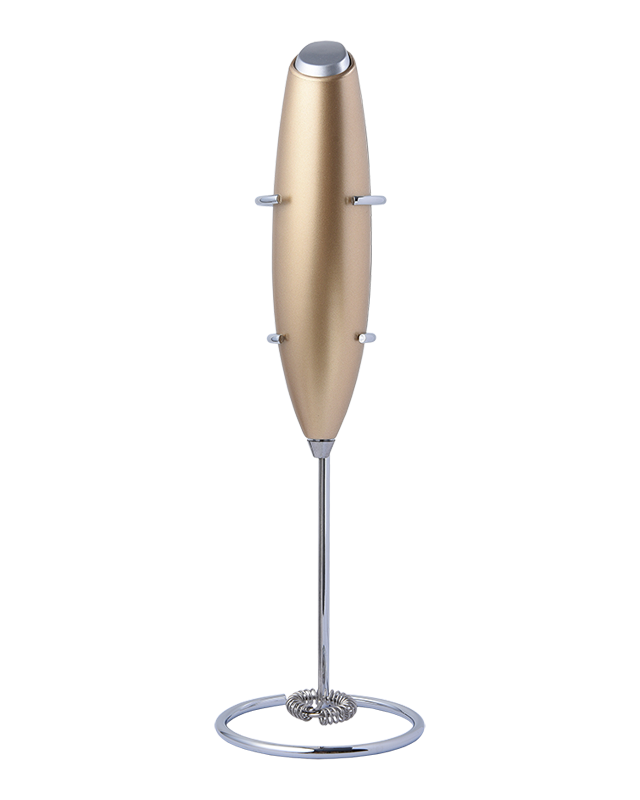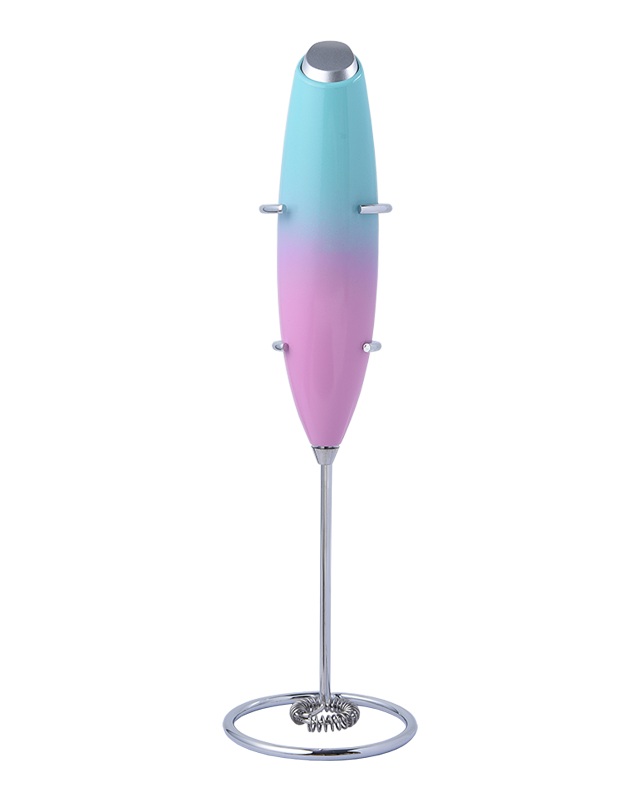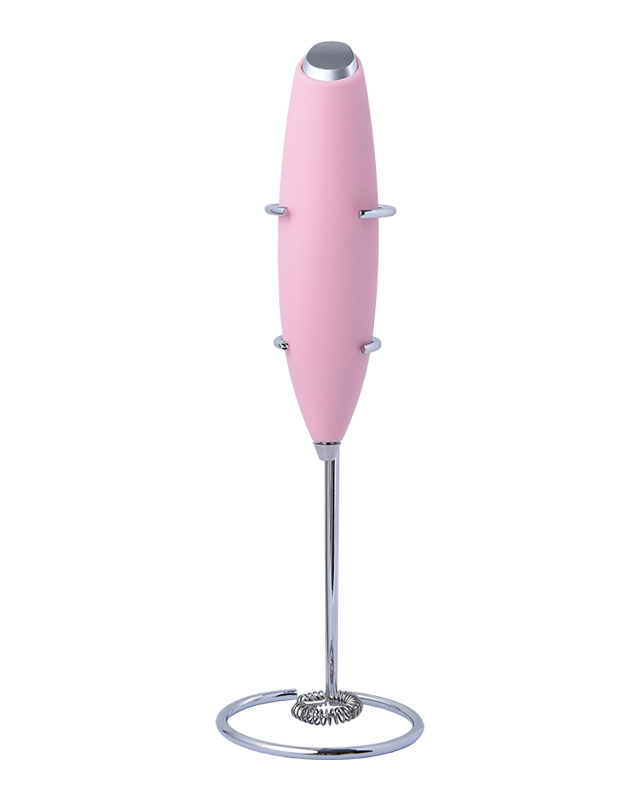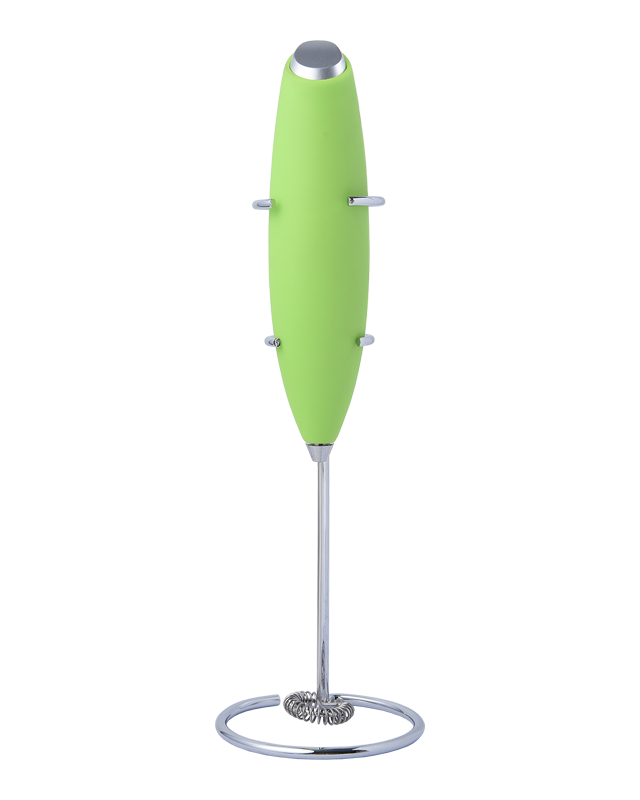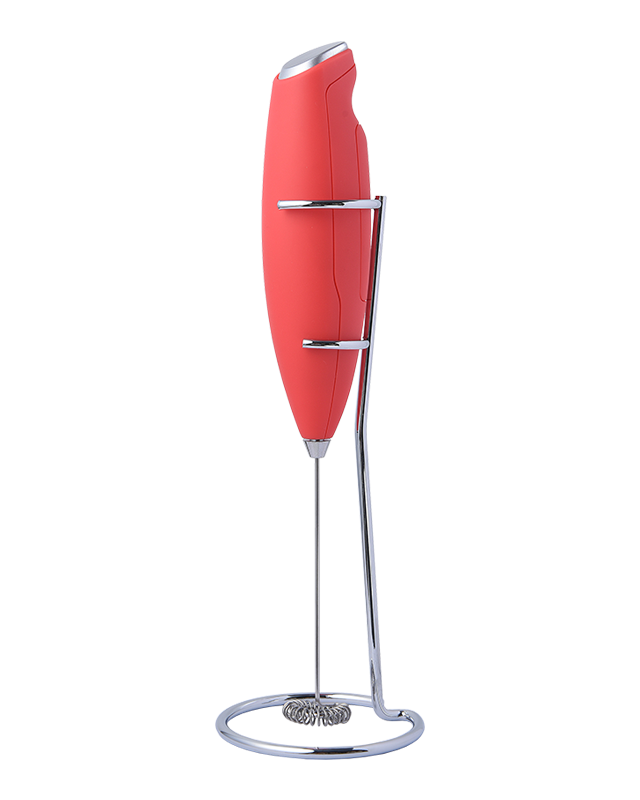Motor Power and Speed
The motor in Rechargeable Milk Frother is the central component that determines the consistency and quality of milk froth. A powerful and well-designed motor allows for smooth, rapid whisking that incorporates air evenly into the milk. When frothing small volumes, the motor must operate precisely to prevent over-aeration, which can result in overly stiff or bubbly foam. For larger volumes, a robust motor ensures that the whisk can circulate milk uniformly, maintaining even froth density throughout the container. Many rechargeable frothers are limited to a single speed setting, which may be sufficient for small amounts of milk but insufficient for larger quantities. Advanced models often feature variable speed controls, allowing users to adjust the intensity of frothing based on the volume and type of milk. This adaptability is critical for achieving a uniform foam texture, particularly when switching between small cups and larger containers. The overall motor efficiency and consistency directly affect the user experience and final froth quality.
Whisk Design
The design of the whisk in a Rechargeable Milk Frother is a key factor influencing the density and texture of the foam. Whisks vary in shape, size, and material, each of which affects the way air is incorporated into the milk. Balloon or spiral-shaped whisks are typically most effective at producing dense, creamy foam because they allow milk to circulate evenly while maximizing air incorporation. Some frothers include small, compact whisks optimized for minimal milk volumes, which may not perform well when frothing larger amounts. Conversely, a well-proportioned whisk that can reach across the milk container ensures that all portions are aerated equally, preventing thin or uneven froth at the surface. The depth and positioning of the whisk also matter: if it is too shallow, it may create froth only near the top, leaving milk at the bottom under-frothed. Therefore, a thoughtfully designed whisk is essential for consistent froth density, especially when adjusting between small and large milk volumes, ensuring professional-quality foam every time.
Milk Type and Temperature
The type and temperature of milk have a significant impact on how effectively a Rechargeable Milk Frother produces consistent froth. Whole milk, with its higher fat content, typically creates rich, creamy foam that holds its structure well, while skim milk or plant-based alternatives such as almond, oat, or soy milk often produce lighter or less stable froth. Temperature also plays a crucial role: cold milk requires more whisking effort to achieve a uniform texture because the proteins and fats are less fluid, while excessively hot milk can destabilize foam by causing proteins to break down too quickly. A high-quality rechargeable frother compensates for these variations by optimizing whisk speed and aeration during operation. Users must also recognize that some milk alternatives may require longer frothing times or multiple cycles to achieve comparable density. Understanding the interaction between milk type, temperature, and frother capability is essential to consistently achieving professional-level foam.
Frother Capacity Limits
Every Rechargeable Milk Frother has a recommended minimum and maximum milk volume, and adhering to these limits is critical for maintaining consistent froth density. Frothing below the minimum volume can result in unstable, overly airy foam, as the whisk lacks sufficient resistance from the milk to function effectively. Exceeding the maximum volume may produce uneven or weak froth because the whisk cannot adequately aerate all the milk at once, potentially leaving portions of the milk flat or poorly textured. Overfilling also increases the risk of splashing or spilling, which is particularly relevant for cordless models that rely on handheld stability. Manufacturers provide volume guidelines for both cold and hot milk, which users should follow closely to ensure optimal performance. For larger volumes, gently stirring or moving the frother during operation can help maintain consistent aeration, while smaller volumes require careful control to avoid over-foaming. Respecting the frother’s capacity range is therefore essential for achieving professional-quality, consistent foam every time.



 English
English
 Français
Français
 Español
Español
 Deutsch
Deutsch
 日本語
日本語




